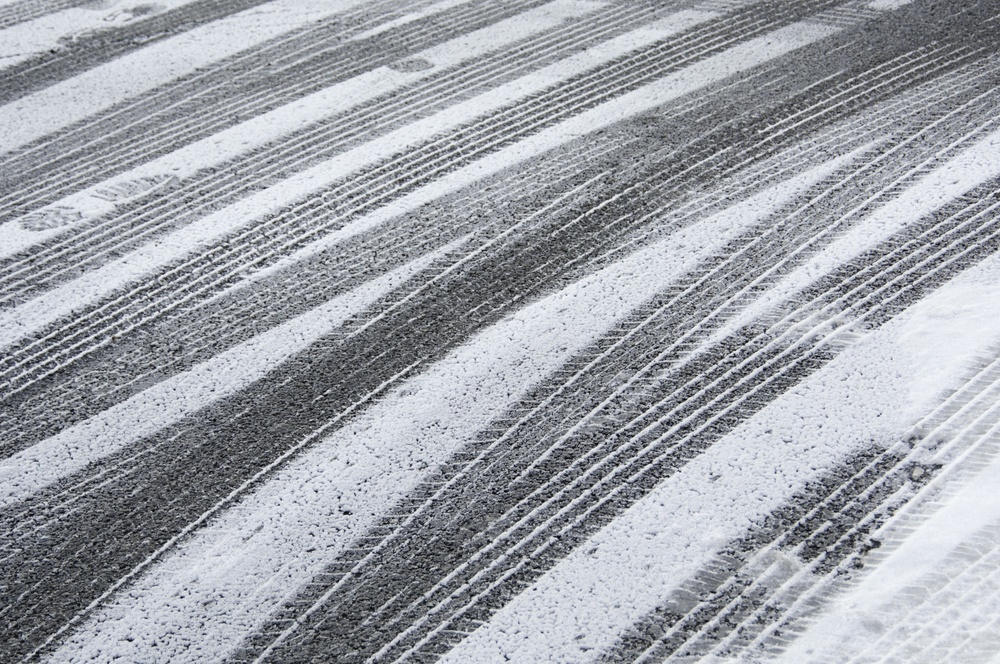
Though severe cold and snow may have not hit your area yet, it’s still a good time to think about winter driving if you haven’t already done so. If you still haven’t called a meeting with your staff on how to prepare for winter, it’s time to do so. We would like to help you in this task with this blog post which highlights four mistakes drivers should never make in winter, plus a couple of useful resources on winter driving. Let’s go!
Mistake #1: not staying focused on driving
This is actually a mistake that you should never make which not only applies to winter but is valid all year long, although it is in winter when poor weather is much more common and roads are adversely affected when full concentration is usually needed the most. Avoid distractions and try to anticipate any potential hazards as they arise—any distractions increase risks dramatically.
Mistake #2: not operating at a low enough speed
Though most professional drivers do adapt to weather conditions, some do not; and all in all, it is not a bad thing to encourage drivers to have their driving style match the immediate weather conditions—particularly vehicle speed. A good rule of thumb is to encourage your drivers to stay at or slightly below the speed limit when the roads are icy to keep the vehicle under greater control.
Mistake #3: not maintaining enough space
Frequently, drivers position themselves too close to the vehicle in front, and this is especially dangerous in winter as reaction time and breaking distance is adversely affected by typical winter conditions. Maintaining "open" space to the sides is also critical; if you don't have that space, you'll limit your options when taking evasive action in order to prevent a collision. Back off a bit and ease up on the accelerator in order to keep the space open, at least on one side of the vehicle.
Mistake #4: harsh braking
Abrupt, sudden braking is one of the worst things a driver can do when the roads are icy, especially when vans don’t have all-wheel drive capability. Jamming the brakes can cause them to lock, potentially leading to a spin out and ultimately to an accident. When applying the brakes, firm pressure should be used to come to a gradual stop.
We hope these tips have been useful for you, and we'd like to encourage you to share more tips with us if you feel something is missing. For your winter fleet preparation you can also click on these two useful and free resources we created for you:
>